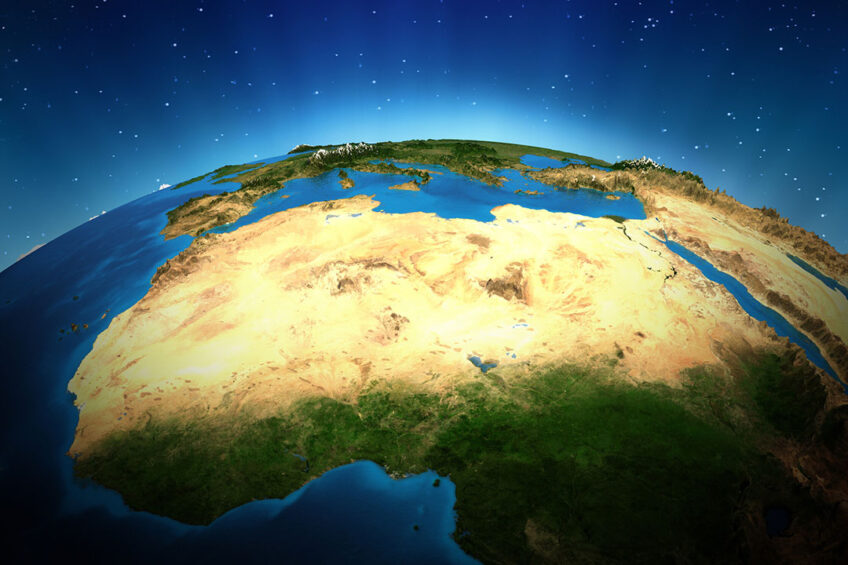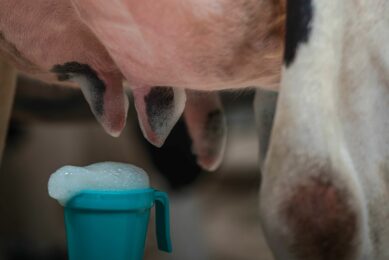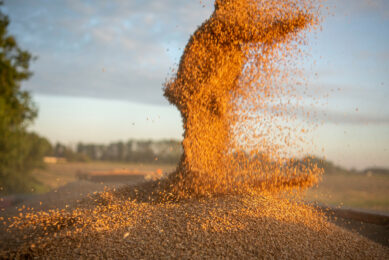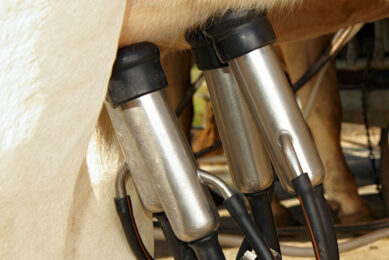Wrapping up 2020: A look back at 10 exciting farm reports

It’s nearly time to say goodbye to 2020 and what an extraordinary year it has been. However, Dairy Global has still managed to report on dairy farms from all over the globe. We would like to take a look back and revisit some of the amazing farms we encountered this year.
Let’s start at the beginning of 2020…
1. France: How merging ups margins and aids farmers
The GAEC des 3 Communes has become one of the main dairy farms in the Burgundy region with an expected milk production of 2.2 million litres, this comes as a result of a merge in February last year with a dairy farm of 130 cows located in a nearby village 5km away.

2. Belgium: If farming isn’t profitable it isn’t sustainable
Finding ways to feed the world’s growing population on finite land with limited resources has become a challenge, and ‘sustainable agriculture’ has been toted as the solution. There is, however, no clear definition of sustainable agriculture. While some models address sustainability in terms of how agricultural practices impact people and the planet, they don’t consider profitability. But the bottom line is: if farming isn’t profitable, it isn’t sustainable.

3. France: 50 years of organic milk production
There are 2 very important dates in history for this farm: its purchase by the monks of a French abbey in 1938, and the beginning of organic production in 1969, which made the farm of la Pierre-qui-Vire one of the first French farms to start organic farming.

4. Ireland: Farmer sees growth in 3 locations
“I see a risk looming on the horizon: in the form of milk quotas in Ireland,” says Jerry Murphy, a dairy farmer based in Carrigadrohid, Ireland. Yet, he does not get any extra livestock or does not rush to feed more concentrates. Optimisation is still the number one focus on his farm, after the growth spurt of the last 6 years.

5. The Netherlands: Where dairy cows live longer
Chocolate-fed cows that live longer than the average dairy cow in the Netherlands are enjoying quite the life at a dairy farm situated in Bodegraven, South Holland province, where milk is also pasteurised and bottled on-farm.

6. Australia: A farm dealing with drought
As more dairy farmers in Australia leave the industry demand is starting to outstrip supply, and prices are moving upwards meaning a better return for those remaining. However, farmers need a constant supply of water which can prove difficult. In Australia drought conditions and water rights can be major barriers, as this farm is experiencing.

7. A peek at running a farm in Denmark
Danish dairy farmer Jens Krogh normally sees hundreds of visitors per year at his 140 cow Kroghsminde organic farm located in the south western part of Jutland in Denmark. Due to the Covid-19 pandemic visits have all ceased, but it’s business as usual for this farm. At this farm, technology is favoured for efficiency.

8. Northern Ireland: Herd expansion is not always the answer
Many dairy farmers believe they need more cows in their herd in order to achieve a profitable income but sometimes a closer look at the farm accounts could tell a different story. More often than not the availability of land is the dominant restriction to any dairy farm expansion and there are other factors to consider such as quotas on levels of nitrates and phosphates enforced in some countries to protect the environment.

9. United States: Preparing to take over the family farm
Anna Hinchley knew from an early age that she was destined to take over the running of her family’s dairy farm in Wisconsin, USA, and has returned home after college to do exactly that. Based just outside the small town of Cambridge, Hinchley’s dairy farm is home to 240 Holstein cows milked via 4 Lely robots.

10. Germany: Less labour, higher animal value
The goals at this farm are to produce good, uniform, and healthy youngstock that calves at a younger age with less labour and antibiotics, all under good working conditions. when building a new youngstock rearing location with 1,200 places. All these goals have been achieved…

Join 13,000+ subscribers
Subscribe to our newsletter to stay updated about all the need-to-know content in the dairy sector, two times a week.










